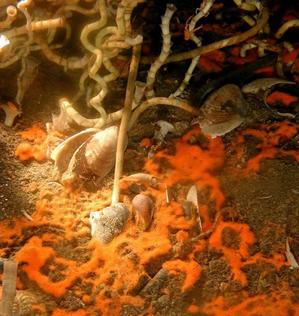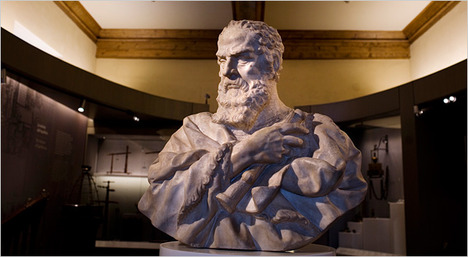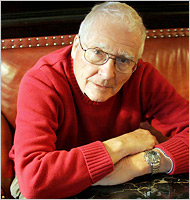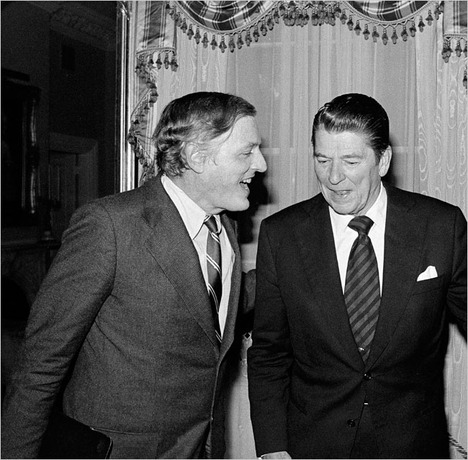(p. 13) Both Neanderthals and Cro-Magnons coped effortlessly with abrupt climatic changes from near-temperate to extremely frigid conditions. How well, however, the Neanderthals were able to deal with deep snow cover and long months of subzero temperatures is a matter of ongoing debate. They lacked what was, perhaps, one of the most revolutionary inventions in history, and an inconspicuous one at that: the eyed needle, fashioned from a sliver of antler, bone, or ivory. If their expertise with antler is any guide, the Cro-Magnons must have been adept woodworkers in the more temperate environments of southwestern Asia. When they moved north, they settled oil a continent where antler and hone were potential replacements for wood, and where mammoth and other large animal hones had to be used as fuel in more treeless environments. With brilliant opportunism, they used small stone chisels to remove fine splinters from antler and bone, which they then ground and polished into slender needles. Carefully fashioned stone awls served as drills to make the holes for the thongs that served as thread, substitutes for the vegetable fibers used with wooden needles in their ancestral homes.
Every Cro-Magnon, man, woman, and child, must have been aware that protection from clothing came in layers, that warmth escaped from the head and extremities. As we will see, an indirect source of information on the garments they wore is the traditional clothing used by Eskimo and lntuit in very cold environments–the argument being that there are only a limited number of ways in which layered, cold-weather clothing can be fashioned from hides and skins. The needle allowed women to tailor garments from the fur and skin of different animals, such as wolves, reindeer, and arctic foxes, taking full advantage of each hide or pelt’s unique qualities to reduce the dangers of frostbite and hypothermia in environments of rapidly changing extremes.
Source:
Fagan, Brian. Cro-Magnon: How the Ice Age Gave Birth to the First Modern Humans. New York: Bloomsbury Press, 2010.





